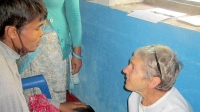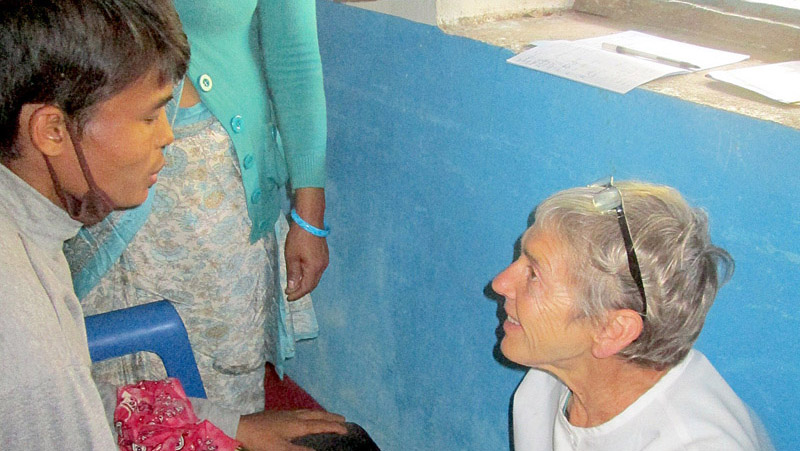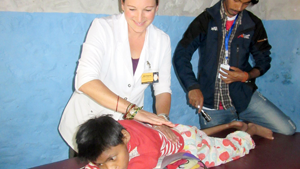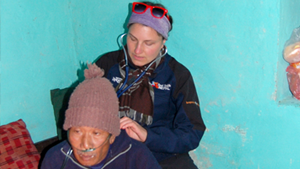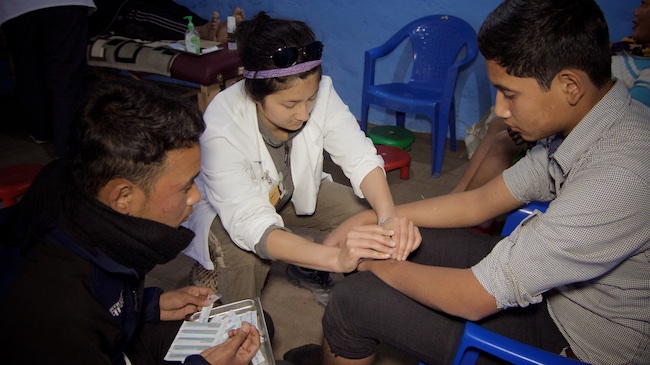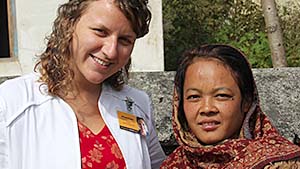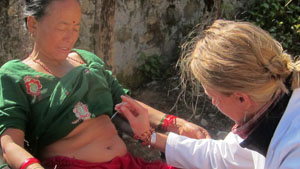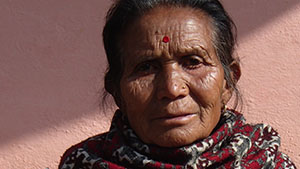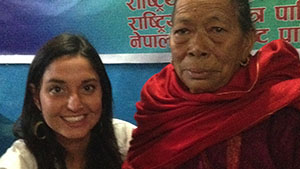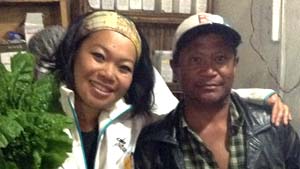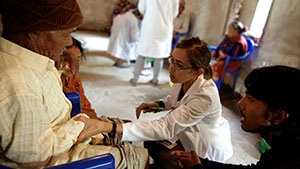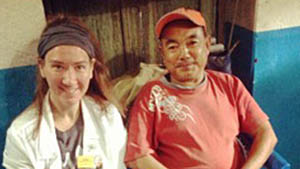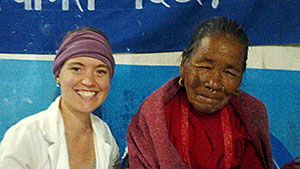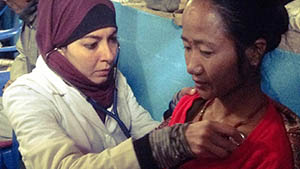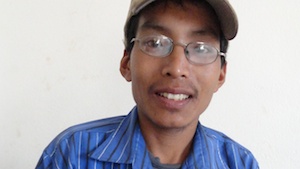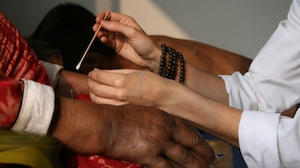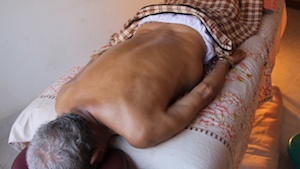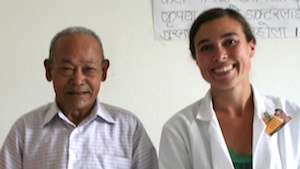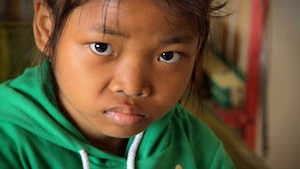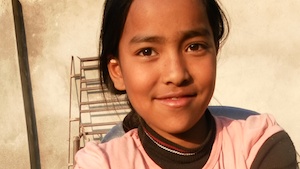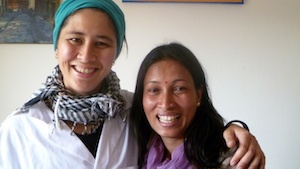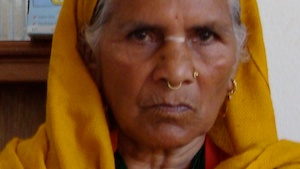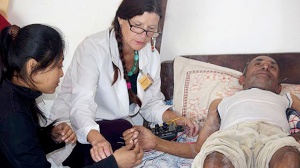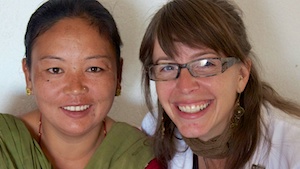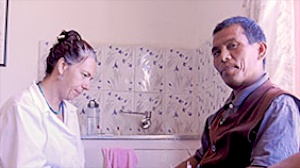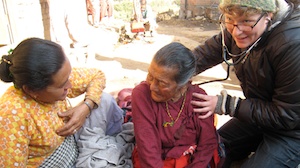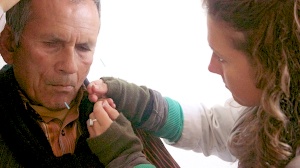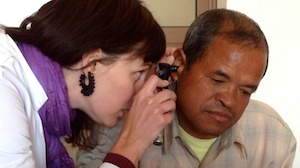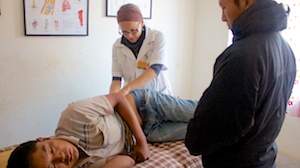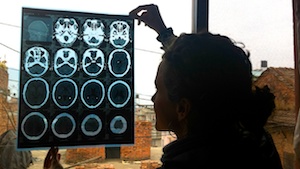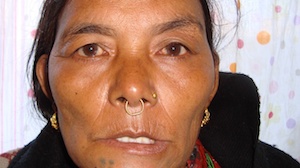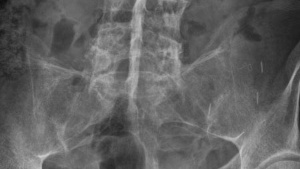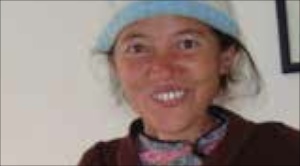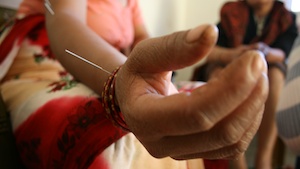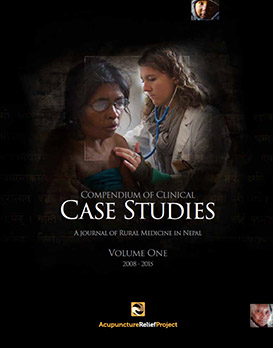Stacey Kett MAcOM LAc
October 2011
Overview
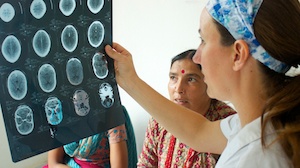
43-year-old female presents with a severe headache. 9 months ago, the patient contracted Typhoid fever. During the illness, she had a headache that covered her entire head and a mild fever for 5 days. She has had severe headaches ever since. Acupuncture is providing some relief from the headache, but she needs more consistent treatment. Case analysis after 7 visits over two months.
SUBJECTIVE
The patient presents with a headache located primarily in the temporal and vertex regions. Light and sound do not trigger the headache. She has sinus pressure that contributes to the pain. Her sense of smell is inhibited by the sinus congestion. She presents with occipital neck pain further aggravating the headache. Her hands and feet are cold and sweaty during the day. She sweats profusely when the pain is severe and at night. Her digestion is normal. Menstruation is regular with 4 days of bleeding, 2 of which are heavy.
Medications: PRAN 10 (Propanolol HCL) - a beta blocker used for hypertension, anxiety and panic; Depthyline 25 (Amitriptyline Hydrochloride) - a tri-cyclic antidepressant; Paracetamol 500 mg (Acetaminophen/Tylenol); Anims - pain reliever
OBJECTIVE
Patient appears to be in good health for age and environment.
Tongue is dusky and red. Pulse is deep, thin and rapid.
Blood pressure: 135/109;Heart rate: 110; Follow-up BP measurements: 128/82 and 128/98
The occipital and frontal sinuses are tender upon palpation.
An imaging study CT/MRI was done within the last 6 months and showed no abnormalities in her brain.
Assessment
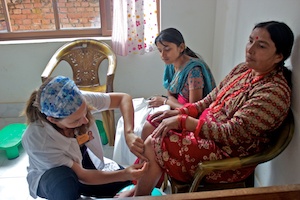 DX: Headache from the sequela of Typhoid fever, sinus blockage, occipital neck pain
DX: Headache from the sequela of Typhoid fever, sinus blockage, occipital neck pain
TCM DX: Blood stagnation in GB/LV channels, blood deficiency due to the febrile disease, phlegm in the LI and BL channels, qi and blood stagnation in the BL channels
PROGNOSIS: This is difficult to treat due to the fact that the patient lives 2 hours away and is not able to come for consistent treatments. If she is able to come for more regular treatments, the prognosis will be better.
Initial Plan
Treat 3 times per week for 10 treatments before reassessing. Focus on building and moving the blood in the channels, clearing the blockage in the sinuses and moving blood and qi in the occipital region. Five day course of Xue Fu Zhu Yu Tang to help move the blood and stop the pain.
Typical treatment: HT8, HT3, SP10, TB5, GB41, GB20, BL10, Bi Tong, BL2, GB8, Tai Yang, Yin Tang, BL7, SP6, ST36, BL60
Outcome
The patient came to the clinic 7 times. She came in 2 sets of treatments. 1 was 3 treatments every other day and the next set was 4 treatments in a row. The treatment sets were 3 weeks apart. She noticed after the first set of treatments that her hands warmed-up and she stopped sweating at night. Her headache was better and she had less sinus congestion and pain. The second set of treatments yielded a reduction in pain and an increased sensation in her hands and wrist.
The severity of her headache decreased by 50% during the treatment plan, showing that she responds well to acupuncture. She was advised to increase the frequency of treatments. However, because she lives far away, she is not able to come as often as would be necessary to significantly affect the pain level.
Conclusion
This case is incomplete and more information is needed on several topics. The frequency of the headaches is not understood or charted. Which medications are being used is not clearly understood and were charted on 2 separate days indicating that I may not have all the information. The treatment that she received for the Typhoid fever is not known, nor do we know what her other symptoms were from the Typhoid fever. The course of Typhoid fever can include a dormant period of the pathogen. Therefore, if treatment was not given, she may be a carrier, and the bacteria may present itself at a later date. More information is also needed for a clear TCM diagnosis. Are there other LV/GB signs? Are there true heat signs?
After analysis, it is clear that acupuncture treatment had good results, despite the lack of a full diagnostic work-up. However, a more comprehensive exam is necessary to further progress this case further. The herbal treatments may have been too short-term to properly evaluate its therapeutic benefit.


